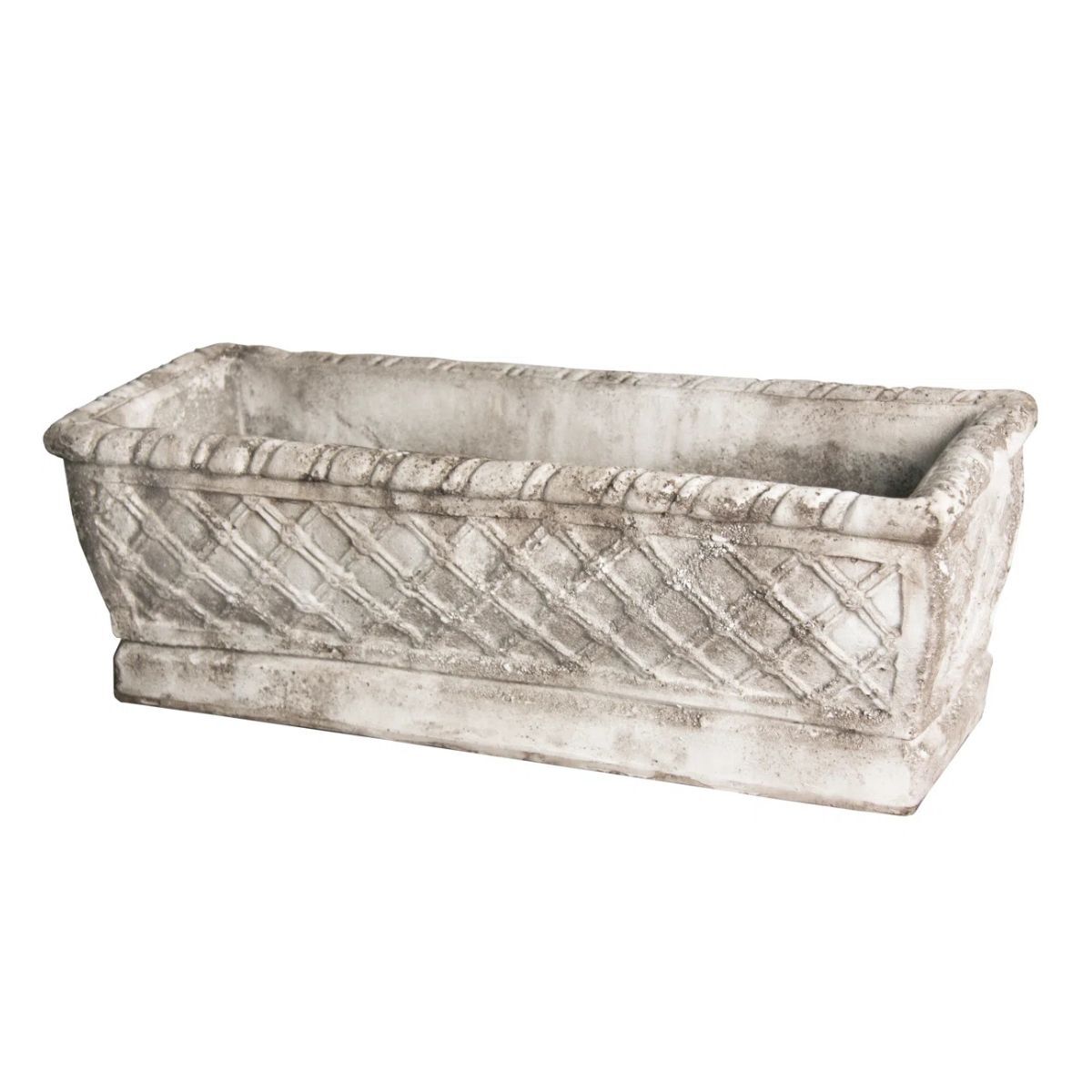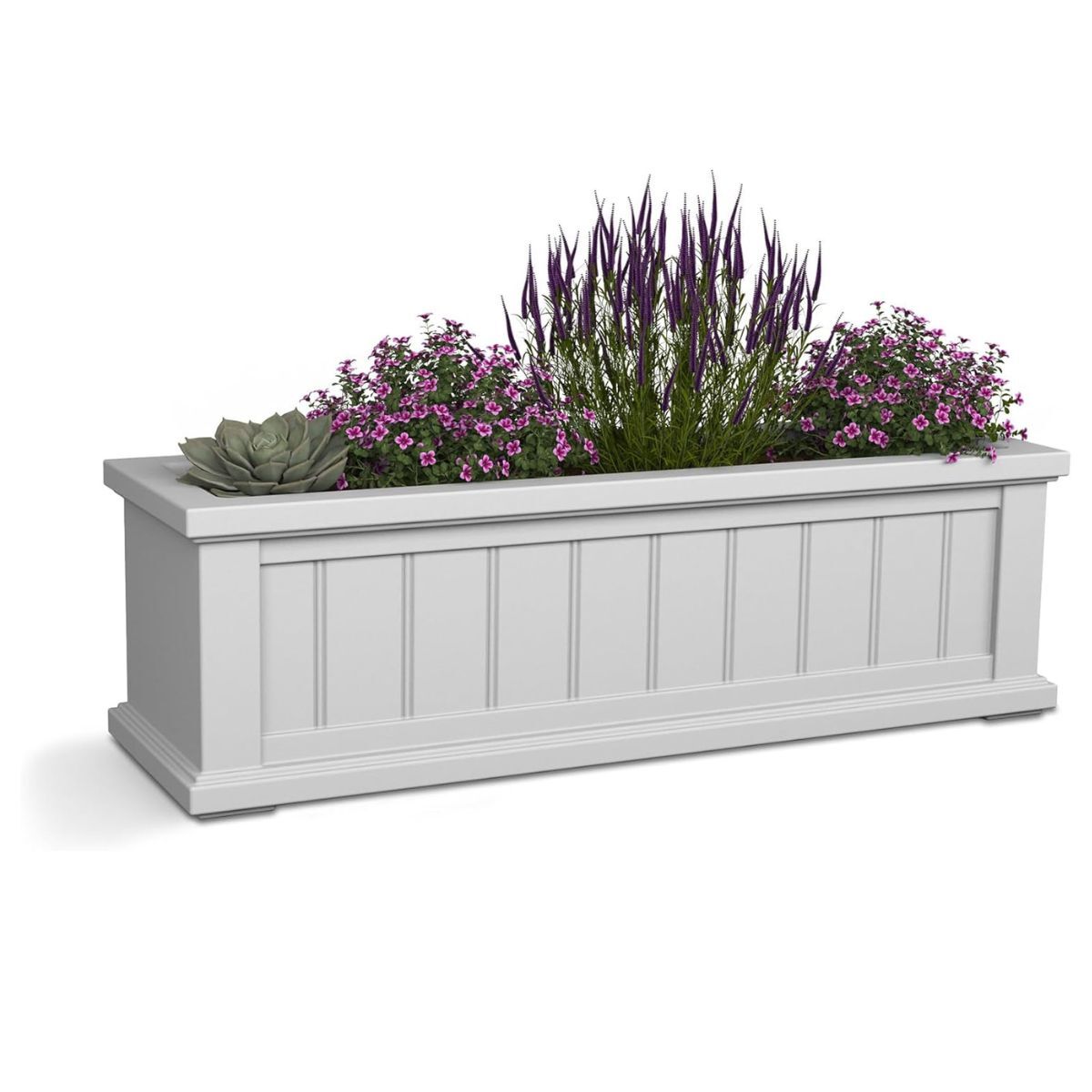6 best herbs to plant in a window box – each one will thrill with fragrance and form as much as they function
Get your hands on these herbs for a stunning window box display that smells and tastes as good as it looks


Herbs are, for many of us, the bedrock of our gardening scheme. Each with its main culinary affinities, ornamental value, and many are best known for their delectable perfume.
There is something very satisfying about plotting your herb garden ideas, but don't forget that many herbs grow splendidly in a window box, especially one sitting in a sunny spot. These six herbs will all make for happy bedfellows, and work together to create a beautiful planting palette, will burst with aroma and offer a range in color, height, and form, and aside from a little gentler intervention, are all, on the whole, fairly low maintenance and faff free. Perfect if you are planning for window boxes close to your kitchen garden.
Here, we look at six beautiful and utterly delicious herbs that grow well together, all worthy of a spot in your window box display.
1. Chives

One of the best plants to grow in a window box is the optimistic and never-failing chive. Even if your window box isn't strictly reserved for herbs, it should feature in your container gardening in some form; it's pretty, always aflutter with bees and butterflies, and most importantly perhaps, they're delicious.
Knowing how to grow chives is refreshingly straightforward and fuss-free. They're some of the easiest herbs to grow at home, so if you're planning a window box display or creating an herb garden, these pretty (and tasty) herbs should have a firm place on the roster.
You can grow chives from seed in early spring (if you have a greenhouse or propagator), but if you are planting in summer, it is worth buying them as plants, like this chive plant available at Burpee.
One of the keys to helping your chives flourish is to harvest chives from May until September to keep the plant productive, as it encourages new growth.
Design expertise in your inbox – from inspiring decorating ideas and beautiful celebrity homes to practical gardening advice and shopping round-ups.
Chives can be used in a plethora of summer recipes, and the beautiful purple chive flowers, which look a little like scabious, are also wonderful for pollinators, and are equally as delicious when tossed through salads or roasted with chicken.
2. Marjoram
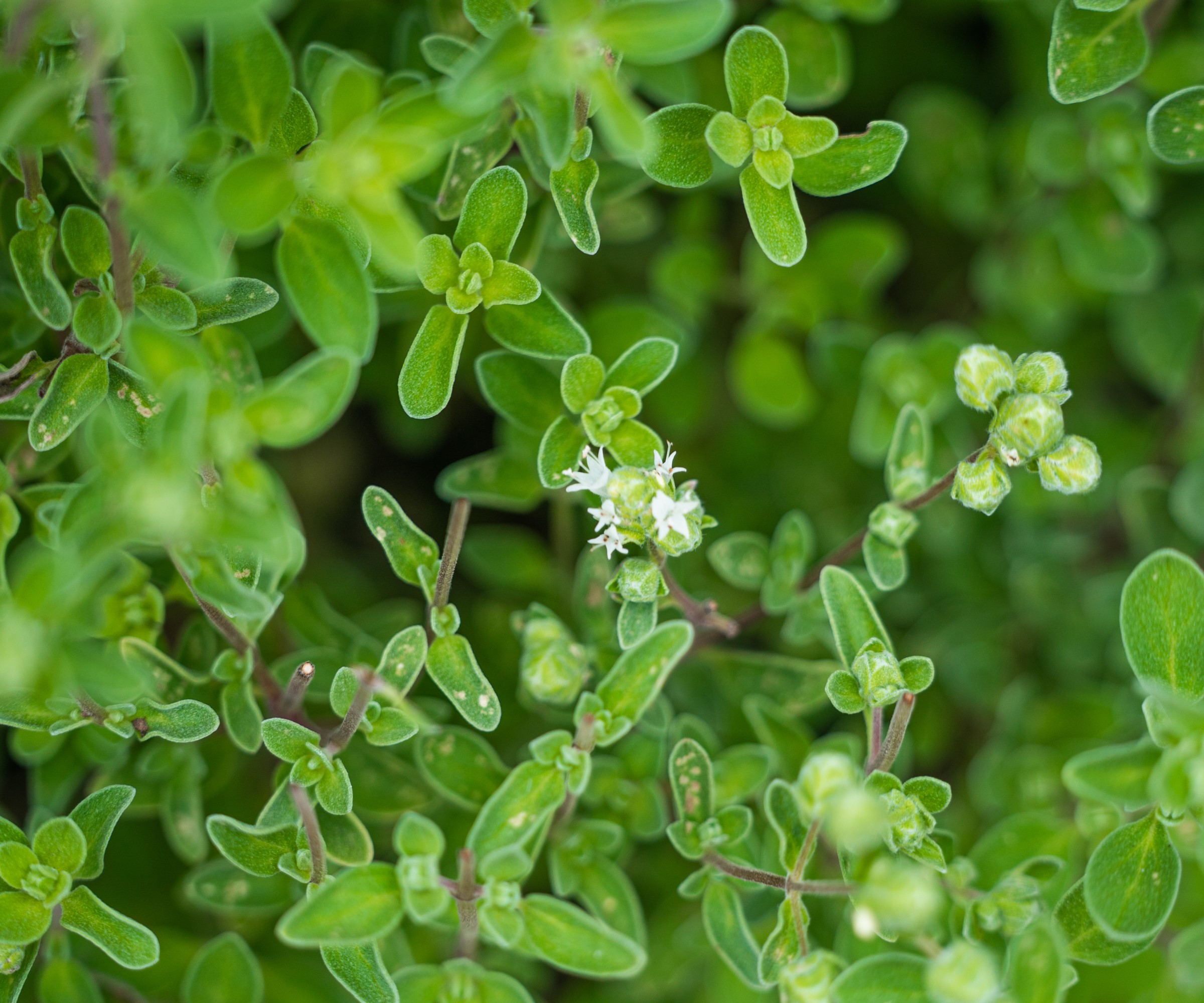
Naturally compact herbs, like marjoram, work well in all but the smallest window boxes. Marjoram is a beautiful herb, with bright acid acid-green leaves that look fantastic in the summer months. I grow it around my roses alongside Alchemilla mollis and catmint, and the zesty green of marjoram always gets the most compliments.
Marjoram flowers are very popular with bees and butterflies, and the flowers and leaves can be picked all throughout the summer, and are a mainstay in Mediterranean cooking, especially with tomato dishes and salads.
In zones 9 and above, marjoram is a perennial and can be left in the ground. In cooler areas, marjoram is an annual and may be potted up at the end of the season and placed in a sunny window indoors. You can keep plants trimmed by cutting the leaves throughout the growing season.
It is worth bearing in mind that some marjoram plants are grown as ornamental rather than edible plants, so if you wish to use them in your culinary creations, I recommend sweet marjoram, like these seeds available at Amazon, which can be eaten fresh, dried, or frozen for use in the winter.
3. Sage
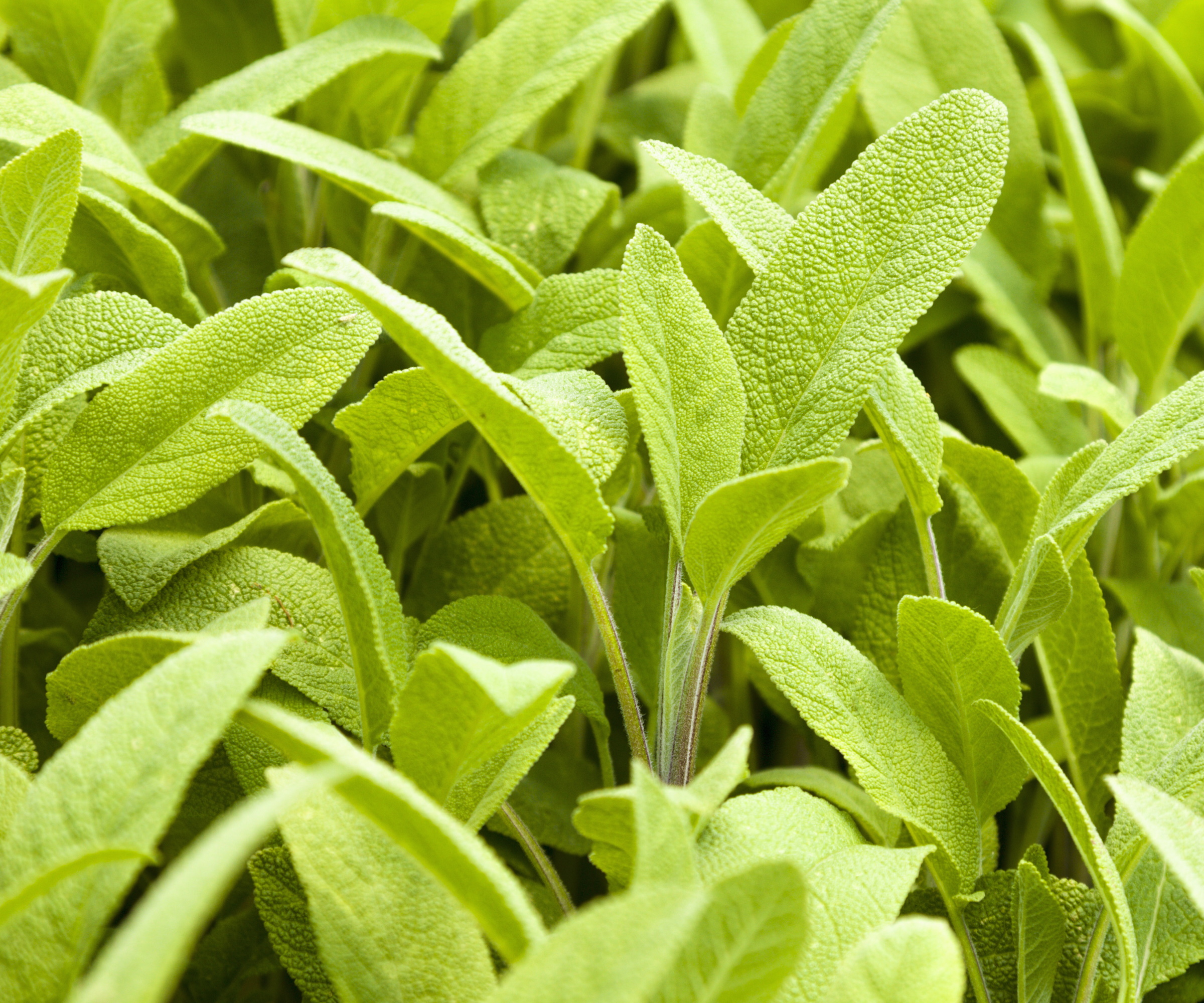
In my opinion, no herb garden is complete without a sprawling mass of sage. You can buy sage as seeds or a plant, like this sage plant available at Burpee, and it's cut and come again, so you can keep cooking with it, and it will keep flourishing.
Sage is a Mediterranean native, so it will thrive in the same conditions as chives and marjoram; that is to say, none like to be overwatered and soggy, and all will be happy bedfellows. Sage can be grown in USDA hardiness zones 4-10, and it is a drought-tolerant herb that prefers drier soil.
Use a slow-release fertilizer in the soil during planting to help give the young plant a good start, like this garden food available at Nature Hills.
4. Chamomile
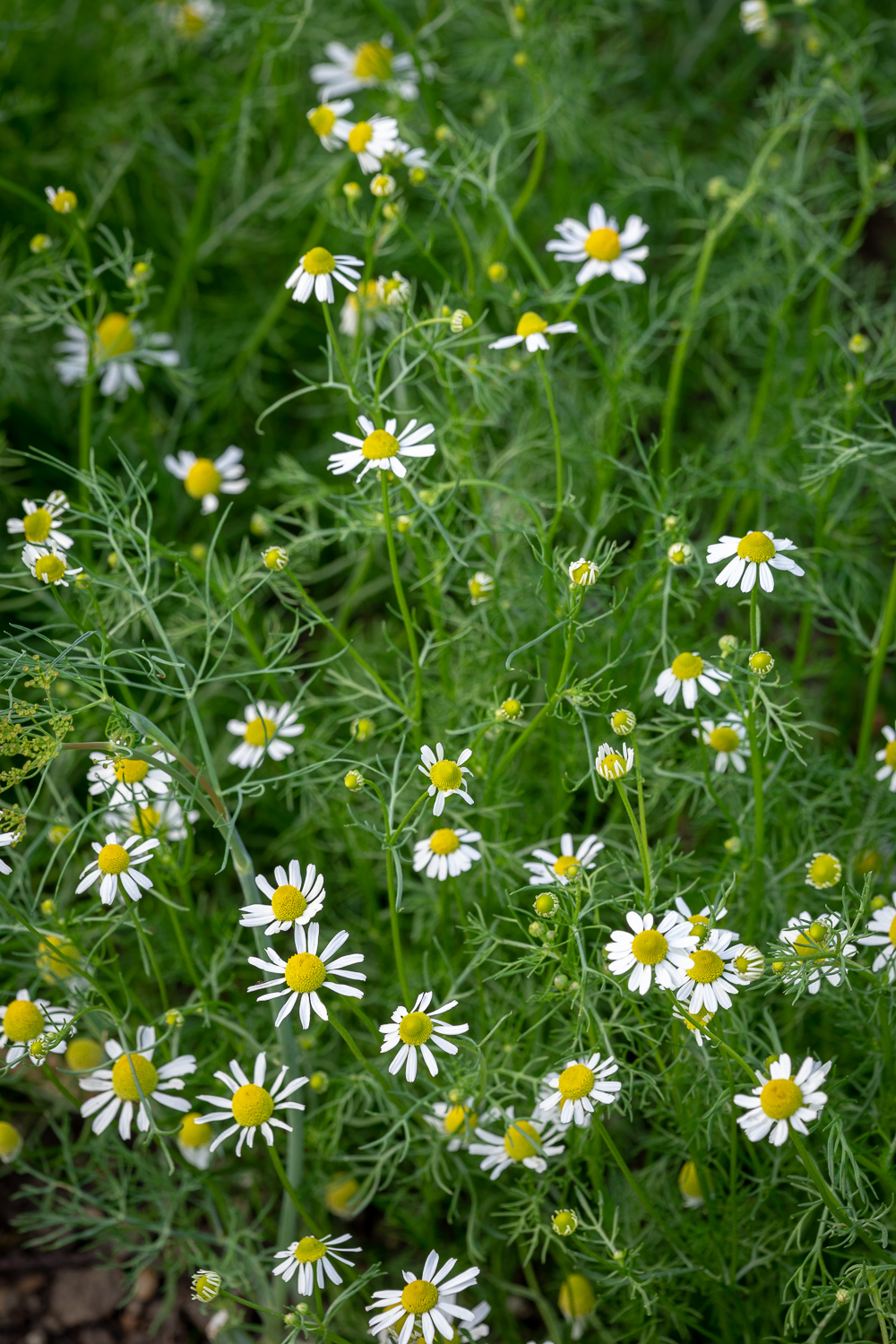
Knowing how to grow chamomile and implementing this beautifully aromatic herb into your garden will only result in one vexing issue: a strong feeling of 'why didn't I do this sooner?'
Chamomile can help neighboring plants increase their essential oils and improve the flavor and general health of the plants, so it is a particularly helpful neighbor for your other herbs in your window box. It produces pretty white flowers, smells heavenly, and is particularly suited to containers, since it tends to be unruly if planted inthe ground.
Of course, as chamomile is known for its soothing properties, you can make your own herbal tea using your homegrown chamomile, but the aesthetic and culinary reach of chamomile is far broader.
Dwarf varieties are best for window boxes, containers, or as border edgings. The main distinction to bear in mind is: German Chamomile is an annual, and Roman Chamomile is a perennial.
As such, I have always grown Roman Chamomile, like this Roman Chamomile available at Burpee. It thrives in small window boxes, loves sunny spots, and is delightful when added to summer jams, cakes, and even added to bath salts.
5. Rosemary
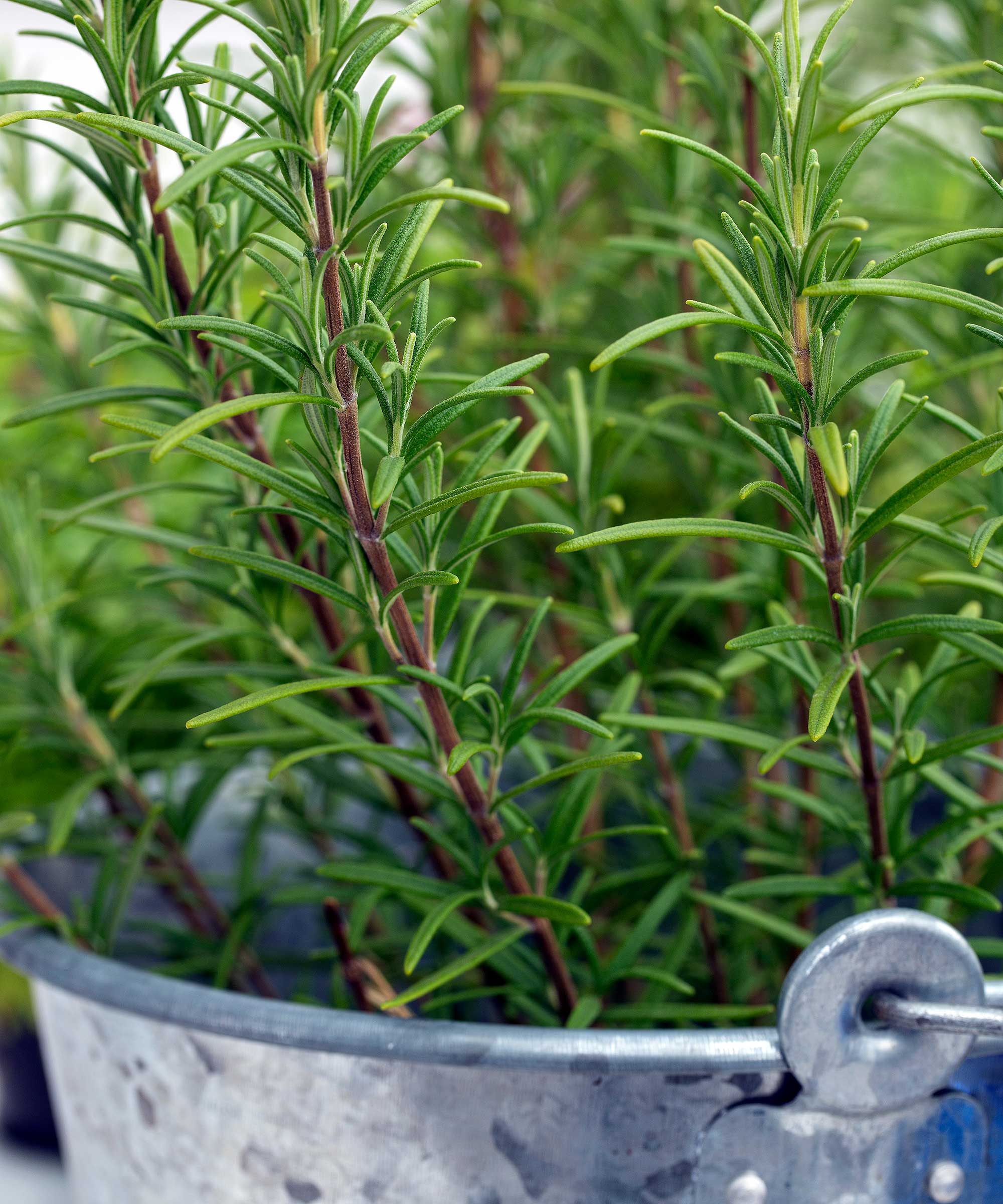
A herb window box would not be complete without the beautiful architectural shape and structure of rosemary. If you haven't grown rosemary before, rest assured, once you learn how to grow rosemary, you will be wanting to grow it all around your yard, so delicious is its fragrance and so fuss-free is its growing habit.
Rosemary, like all of these herbs, likes well-drained soil and to be positioned in a sunny spot. If you have a sun-drenched windowsill, rosemary, like all of these herbs, will be very content.
If you live in zone 6 or lower, you will need to bring rosemary indoors over winter; otherwise, it will remain outdoors without complaint and will maintain its wonderful scent and structure, so it can be used in winter cooking (hello, roast lamb!)
It is possible to grow rosemary from seed in the spring; however, germination takes a while and has a low success rate, so it is worth growing from a young plant, like this Rosemary available at Mountain Valley Growers.
6. Dill
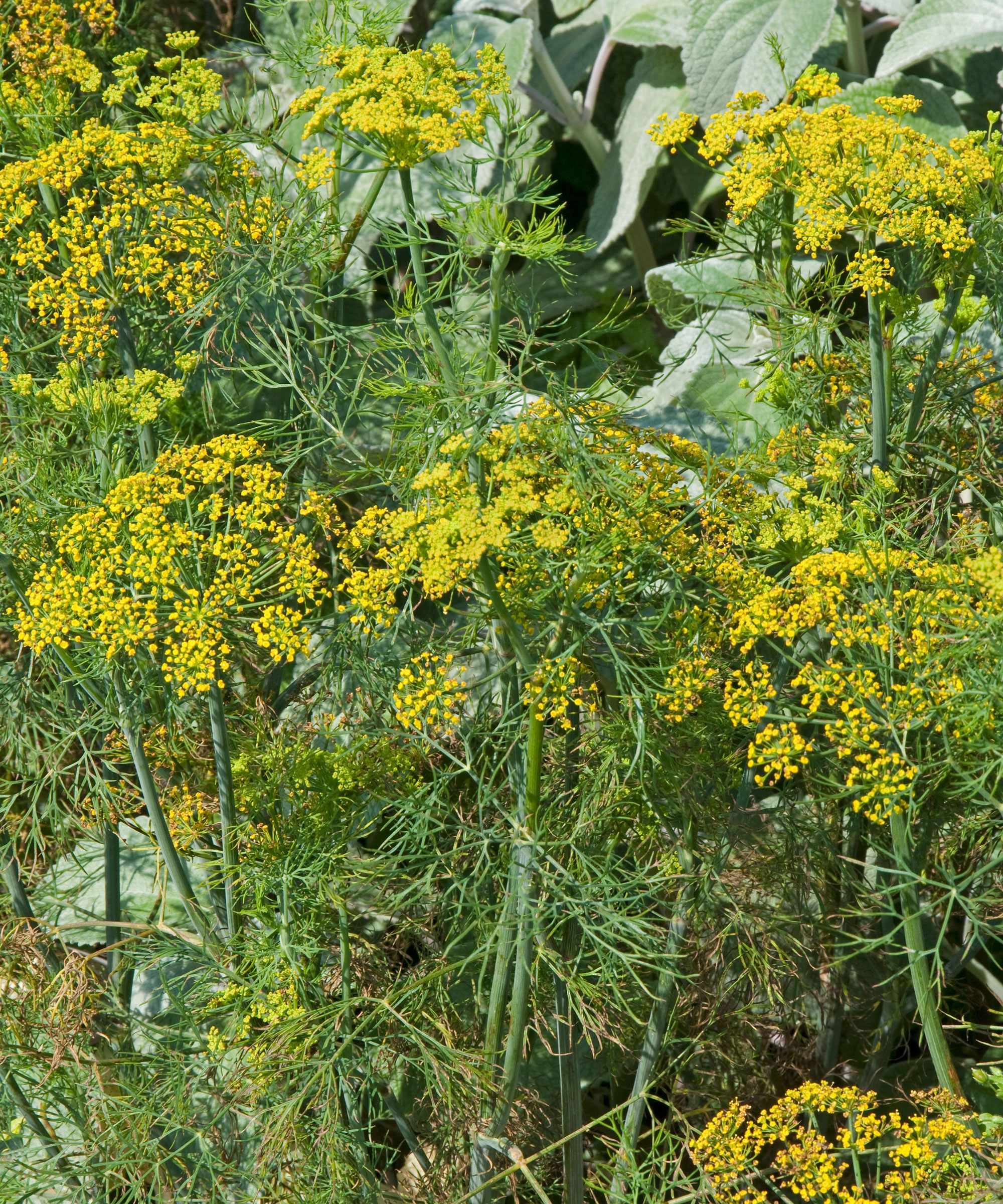
Dill, Anethum graveolens, is a beautiful plant to add to window boxes; it has wonderful feathery leaves, which add a different texture and layer of visual interest (and would work wonderfully partnered with the other herbs on the list) it is a favorite of bees and butterflies, and is delightful in all kinds of fish recipes.
Dill flowers are bright yellow umbels, and they are friendly, smile-inducing flowers, reminiscent of summer.
Dill, like most herbs, grows best in the sun, so it is perfectly suited to a sunny windowsill. If overwatered, dill is susceptible to powdery mildew, so it is best to water lightly, as with all of its neighboring herbs.
Dill flavor is best when it starts to flower. The stems, leaves, flowers, and seeds are edible, so it is wonderfully giving in that respect.
There are many varieties of dill. I recommend a variety called ‘Bouquet'. It is very low maintenance and, since it is a dwarf variety, a good choice for growing in smaller containers, like a window box. Dill is very easy to grow from seed, like these dill seeds available at MI Gardener.
Shop beautiful window boxes
The important thing to remember when choosing varieties of herbs to be planted together is to select herbs that favor similar conditions.
Many of these herbs would work wonderfully as indoor herb ideas, too, if you have room on sunny windowsills, many herbs will thrive.

Sophia Pouget de St Victor is the UK Content Editor at Homes & Gardens, bringing readers the latest trends, expert insights, and timeless design inspiration tailored to a UK audience. With a background in luxury interiors and a qualification in Garden Design from London, she has a passion for creating spaces with character and emotional depth. Sophia gravitates toward interiors that defy definition, valuing individuality and effortless elegance. She lives in West London with her partner, two mischievous terriers, and a plump cat named Lettuce.
You must confirm your public display name before commenting
Please logout and then login again, you will then be prompted to enter your display name.
